The 1970s was a decade of incredible technological leaps. Many gadgets that appeared during this time shaped the future of technology and laid the groundwork for devices we use every day. Let’s dive into 29 gadgets from the 1970s that were truly ahead of their time.
Pocket Calculator
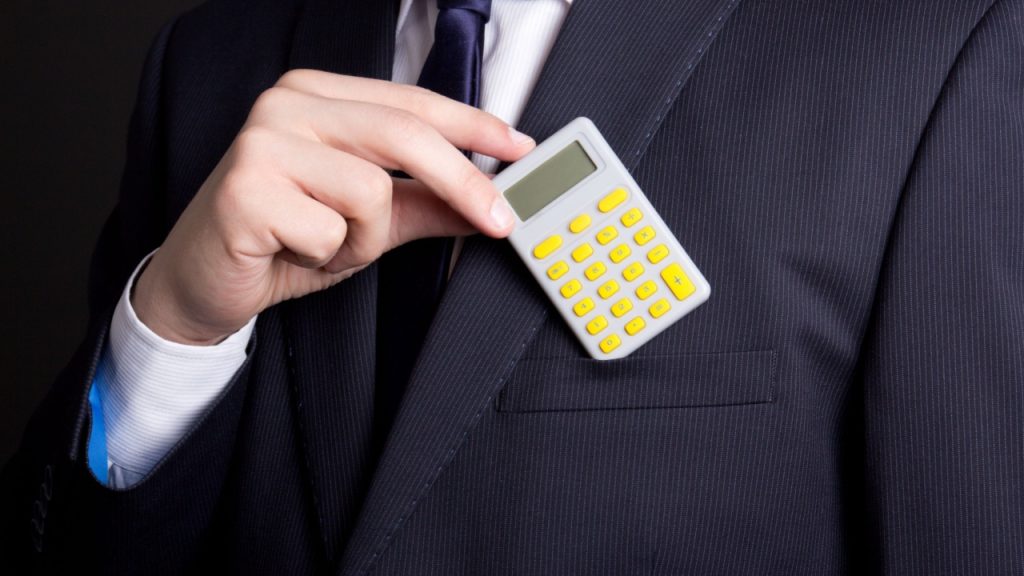
In 1971, the first pocket calculator hit the market. It could add, subtract, multiply, and divide. This small device changed how people did math on the go. Before this, people had to use slide rules or bulky desktop calculators. The pocket calculator made quick calculations easy for everyone.
Digital Watch
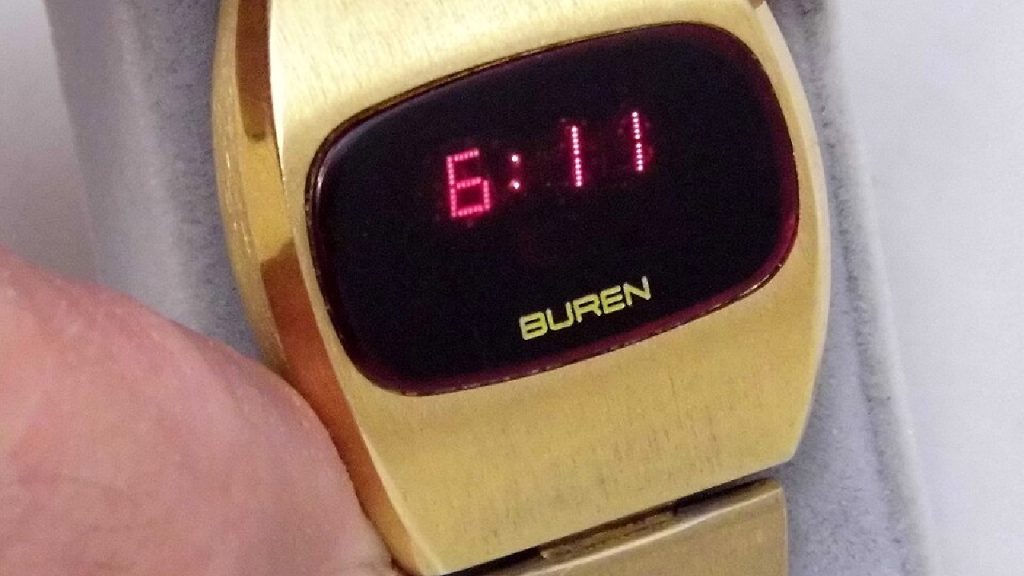
The first digital watch came out in 1972. It showed the time with glowing red numbers instead of moving hands. People were amazed to see the exact time down to the second. These watches paved the way for today’s smartwatches and fitness trackers.
Pong

Atari released Pong in 1972, kicking off the video game craze. This simple tennis-like game used two paddles and a bouncing dot. Pong was the first commercially successful video game. It started the huge video game industry we have today.
Sony Walkman
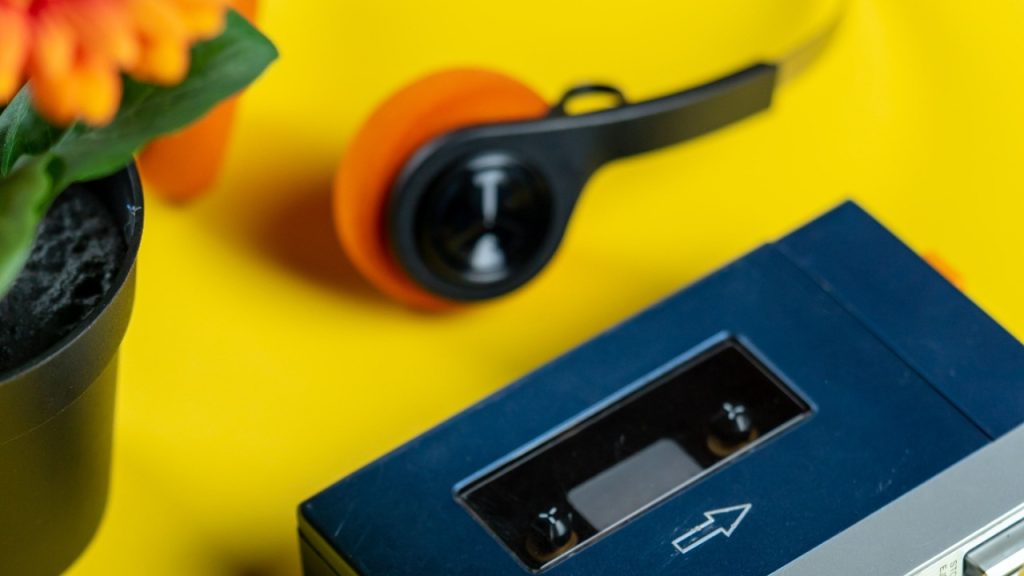
The Sony Walkman, introduced in 1979, changed how people listened to music. This portable cassette player let people take their favorite tunes anywhere. It was the iPod of its time. The Walkman made personal, portable music a reality.
VCR
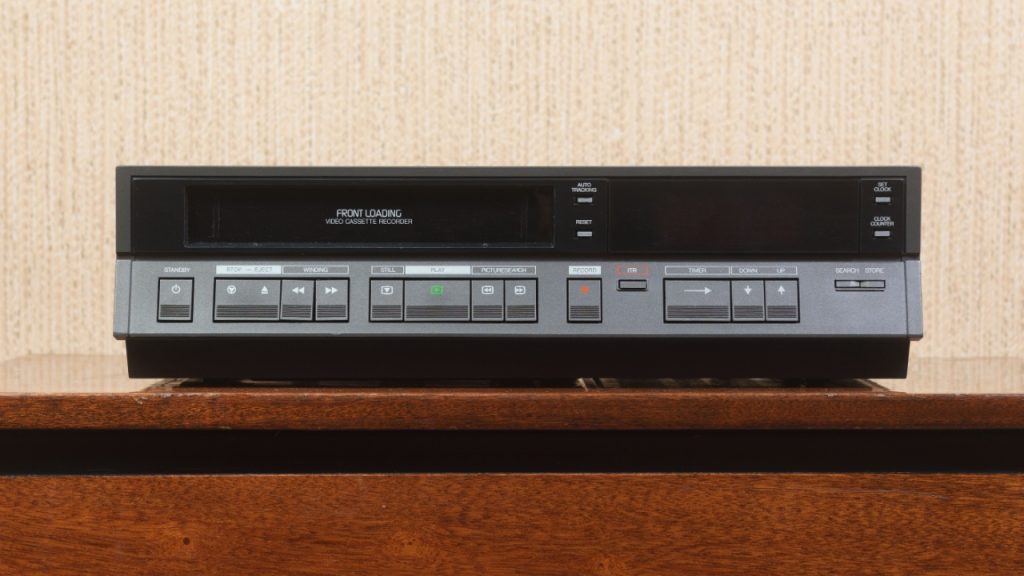
The Video Cassette Recorder (VCR) became popular in the 1970s. It let people record TV shows and watch movies at home. This was huge! Before VCRs, you had to catch shows when they aired or go to a theater for movies. VCRs gave people control over their viewing habits.
Microprocessor
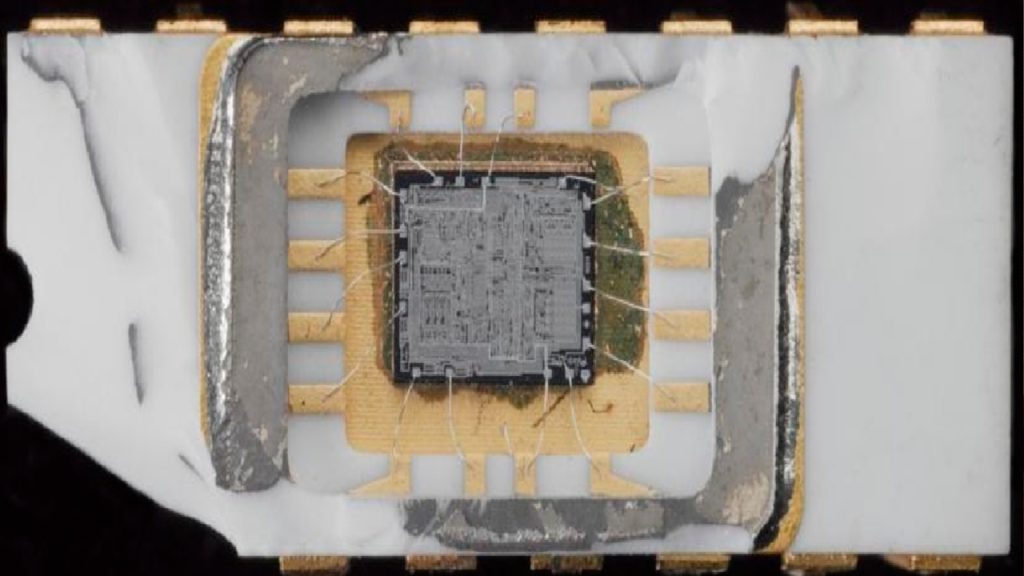
Intel released the first commercial microprocessor in 1971. This tiny chip could do the work of a room-sized computer from the 1950s. Microprocessors made personal computers possible. Today, they’re in everything from phones to cars to washing machines.
Laser Printer

The first laser printer was developed at Xerox in 1971. It could print high-quality text and images quickly. This was a big deal for offices and schools. Laser printers are still widely used today for their speed and quality.

Email was invented in the early 1970s. It let people send messages instantly over computer networks. This was way faster than regular mail. Email changed how people communicate. It’s still a crucial part of our daily lives.
Digital Camera
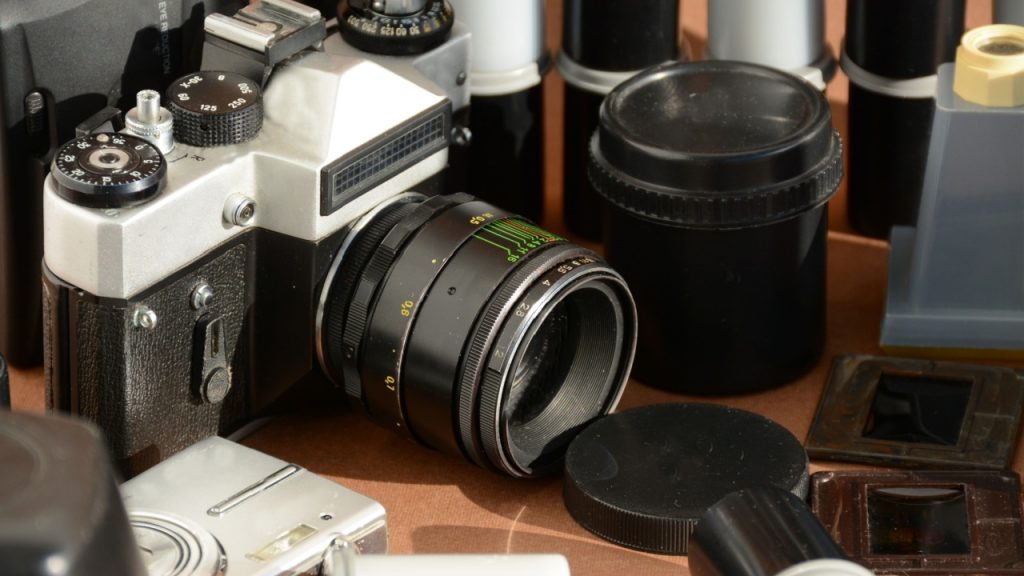
The first digital camera was built by Kodak in 1975. It was big and clunky, but it could capture images without film. Digital cameras didn’t become common until the 1990s. Now, most of us carry one in our phones.
Mobile Phone
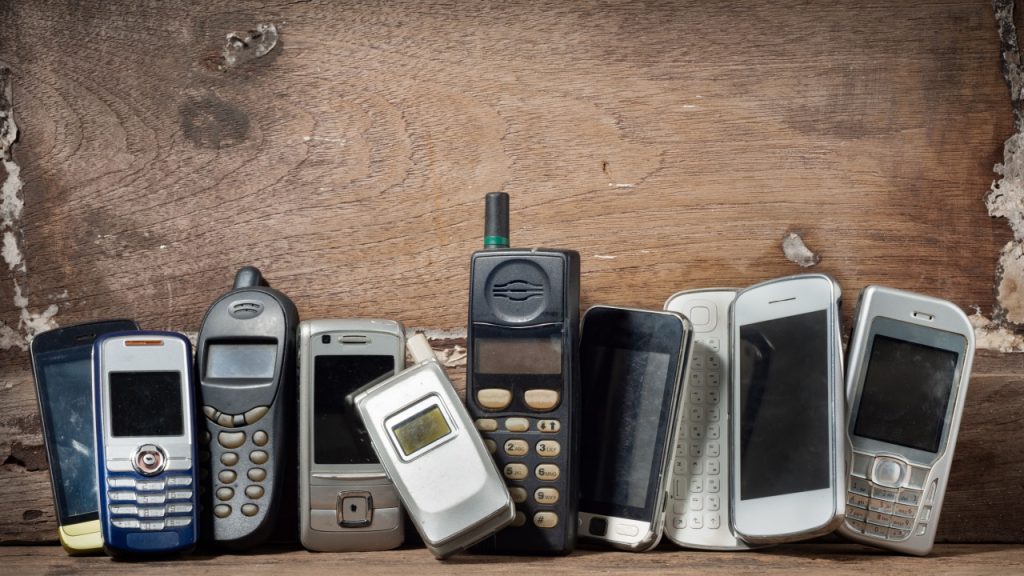
The first mobile phone call was made in 1973. The phone was huge and had a short battery life. It took years to make mobile phones small and affordable. Now, smartphones are an essential part of modern life.
Magnavox Odyssey
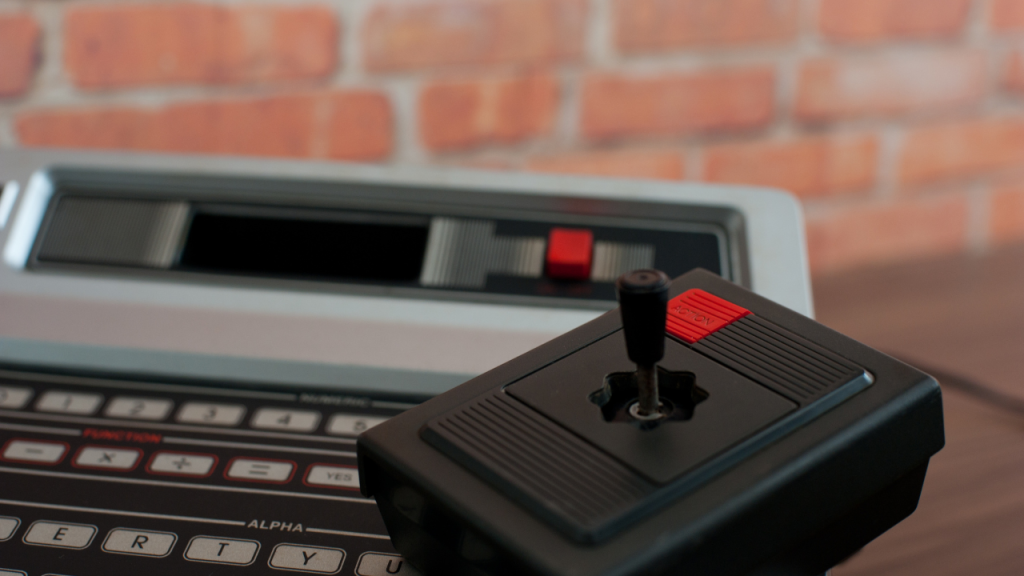
The Magnavox Odyssey, released in 1972, was the first home video game console. It came with plastic overlays for the TV screen and had no sound. While primitive, it started the home gaming revolution. Today’s PlayStations and Xboxes owe a lot to this pioneer.
Floppy Disk
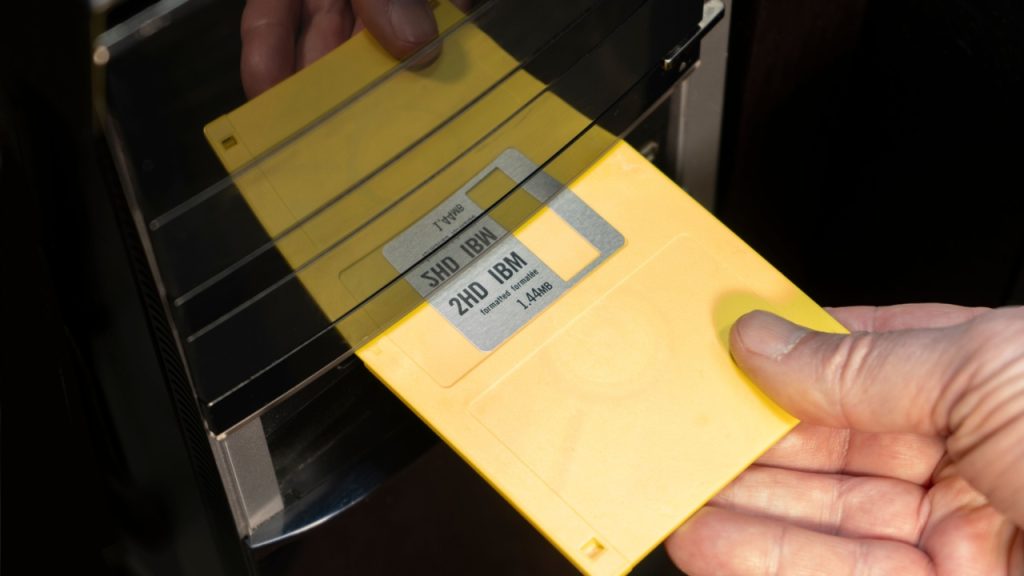
IBM introduced the 8-inch floppy disk in 1971. It could store 80 kilobytes of data. That’s tiny by today’s standards, but it was a big deal then. Floppy disks made it easy to move data between computers. They were the USB drives of their time.
Speak & Spell
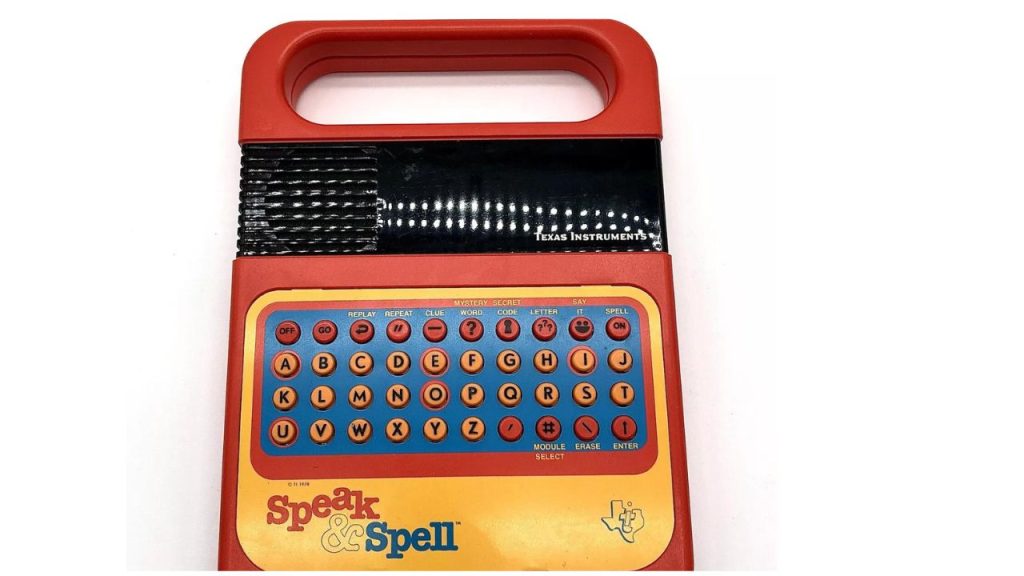
Texas Instruments released the Speak & Spell in 1978. This educational toy could talk and help kids learn to spell. It was one of the first handheld devices with a visual display. The Speak & Spell showed how technology could make learning fun.
Polaroid SX-70
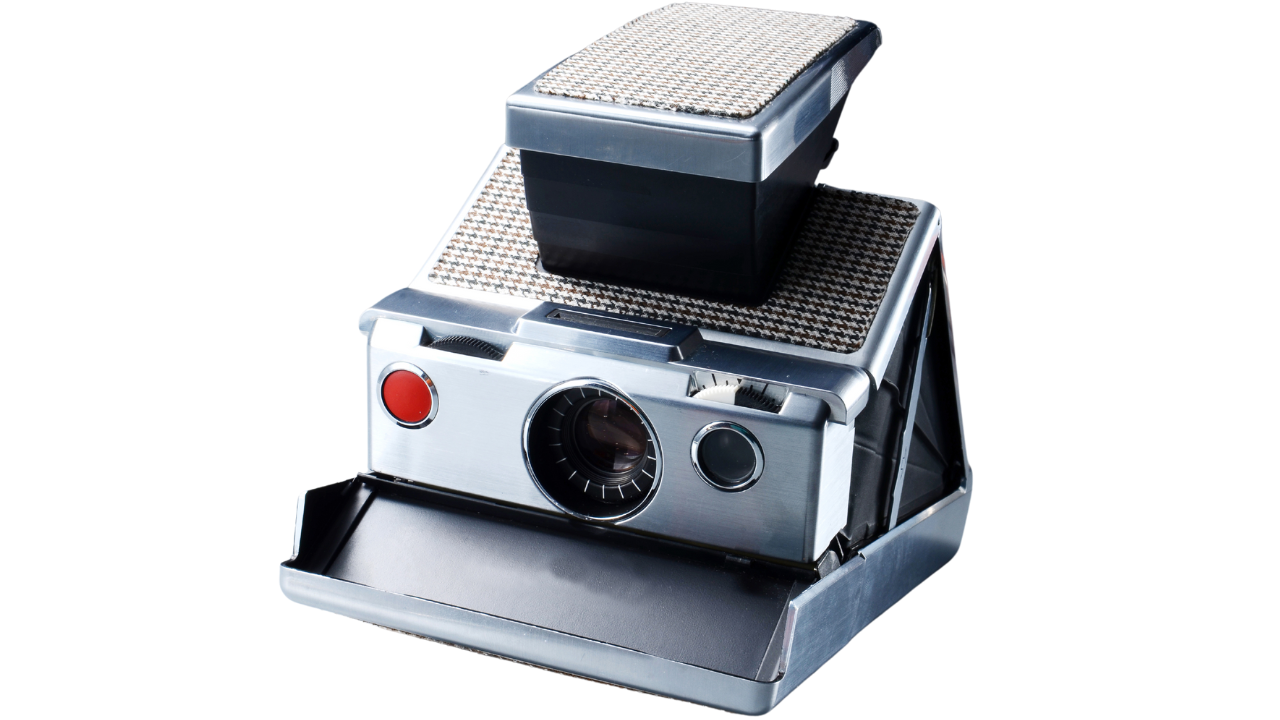
The Polaroid SX-70, introduced in 1972, was a folding single lens reflex camera. It produced instant color photos that developed in front of your eyes. This was magical at the time. The SX-70 made photography more accessible and immediate.
Altair 8800
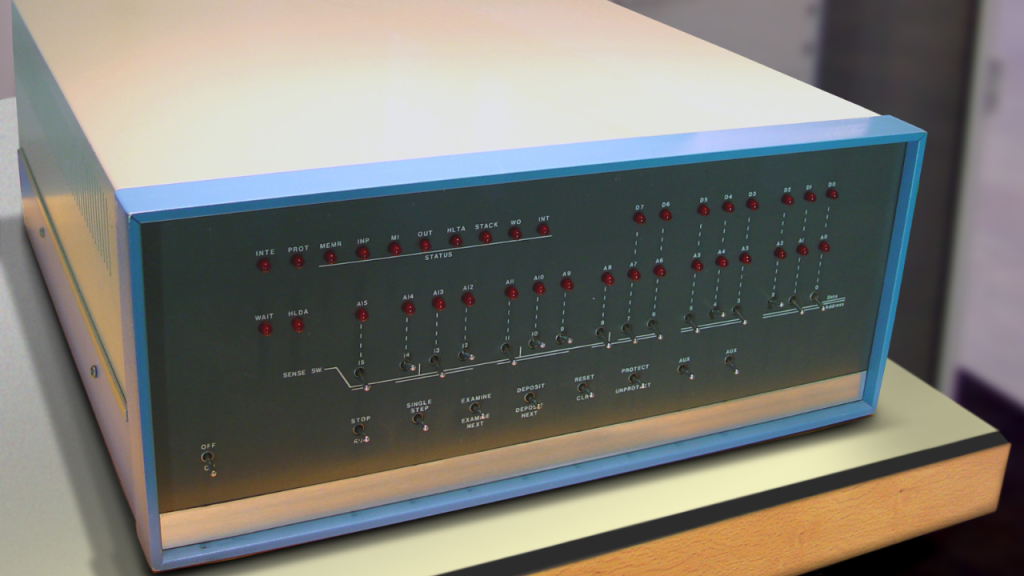
The Altair 8800, released in 1975, was one of the first personal computers. It came as a kit that hobbyists had to assemble. The Altair inspired Bill Gates and Paul Allen to start Microsoft. It helped kick off the personal computer revolution.
Atari 2600
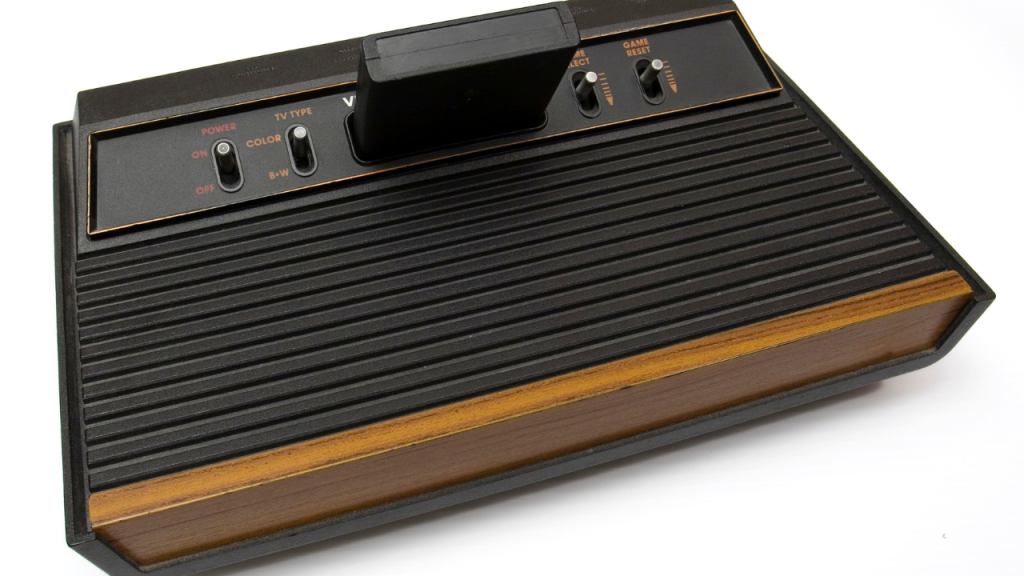
The Atari 2600, launched in 1977, brought arcade-quality games into homes. It had interchangeable game cartridges, a first for home consoles. The 2600 was a massive hit and defined home gaming for years. It showed that video games could be a major industry.
Apple II
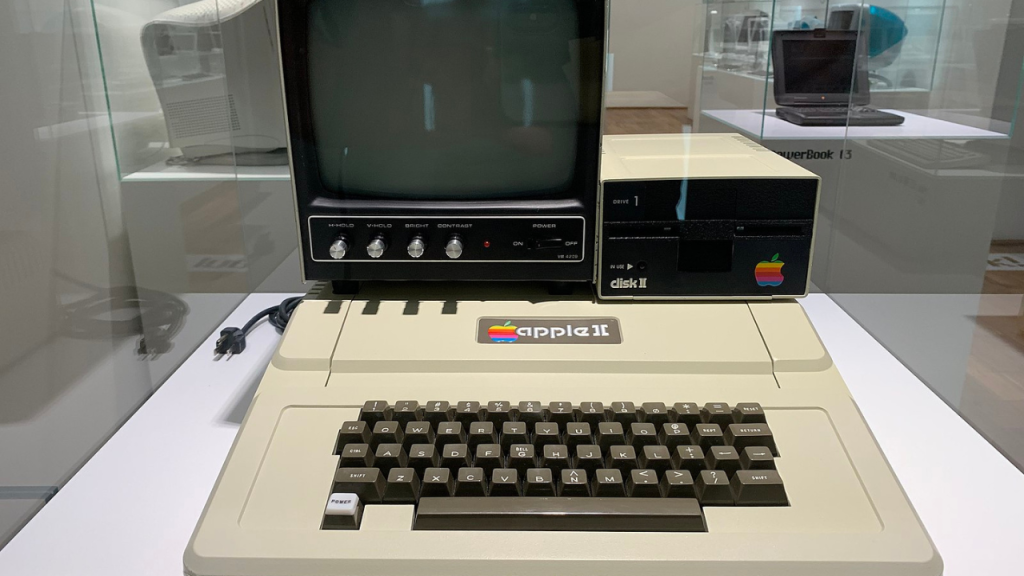
Apple released the Apple II in 1977. It was one of the first successful mass-produced microcomputers. The Apple II was easy to use and had color graphics. It helped make personal computers popular in homes and schools.
Quantum Leap Watch
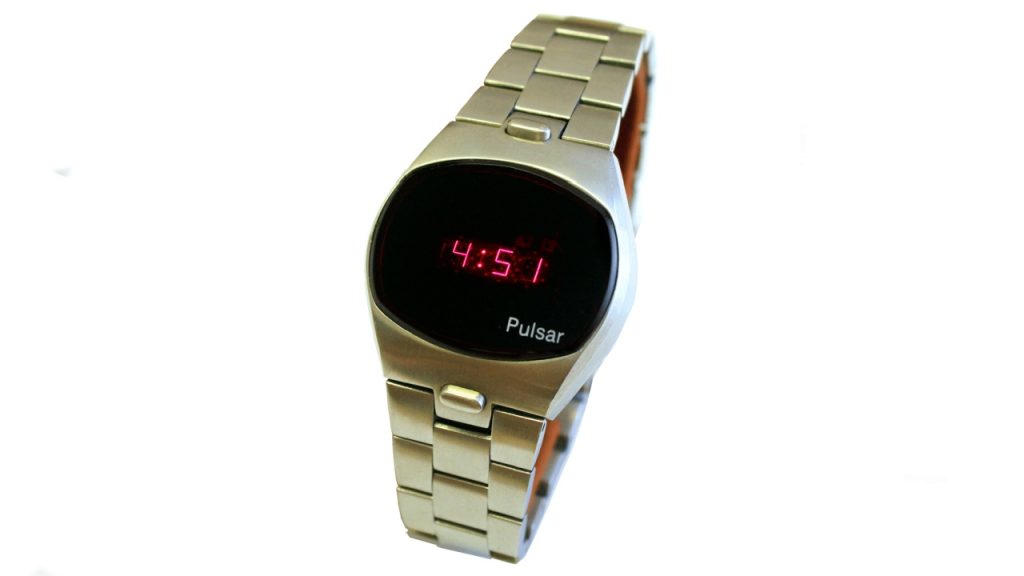
In 1972, Hamilton Watch Company released the Pulsar, the world’s first all-electronic digital watch. It used LED technology to display the time at the push of a button. This futuristic watch was a glimpse into the digital age. It paved the way for today’s smartwatches.
Compact Cassette
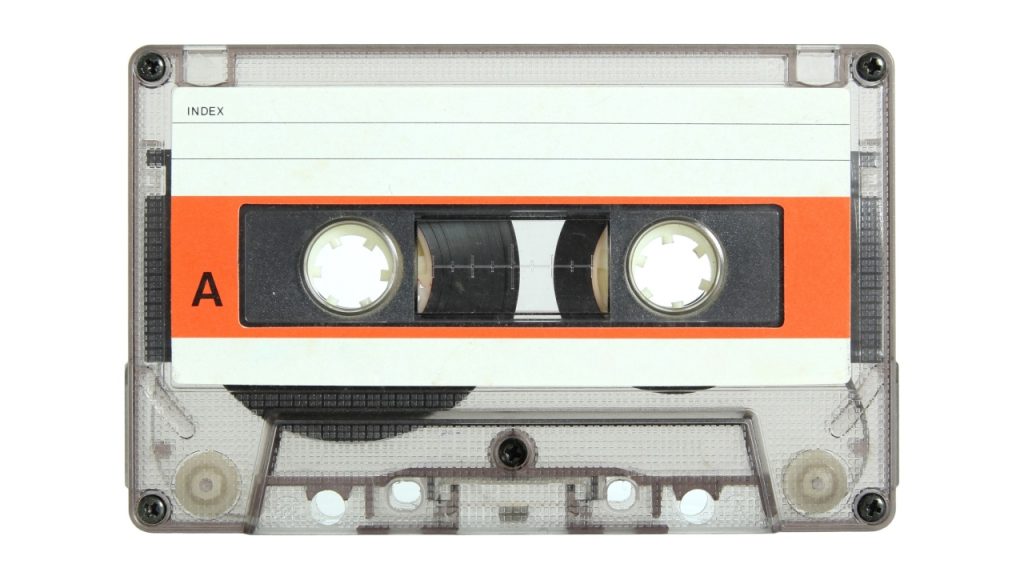
While invented in the 1960s, the compact cassette became widely popular in the 1970s. It made recording and playing back audio easy and portable. Cassettes changed how people listened to and shared music. They were the precursor to CDs and digital music files.
Pacemaker
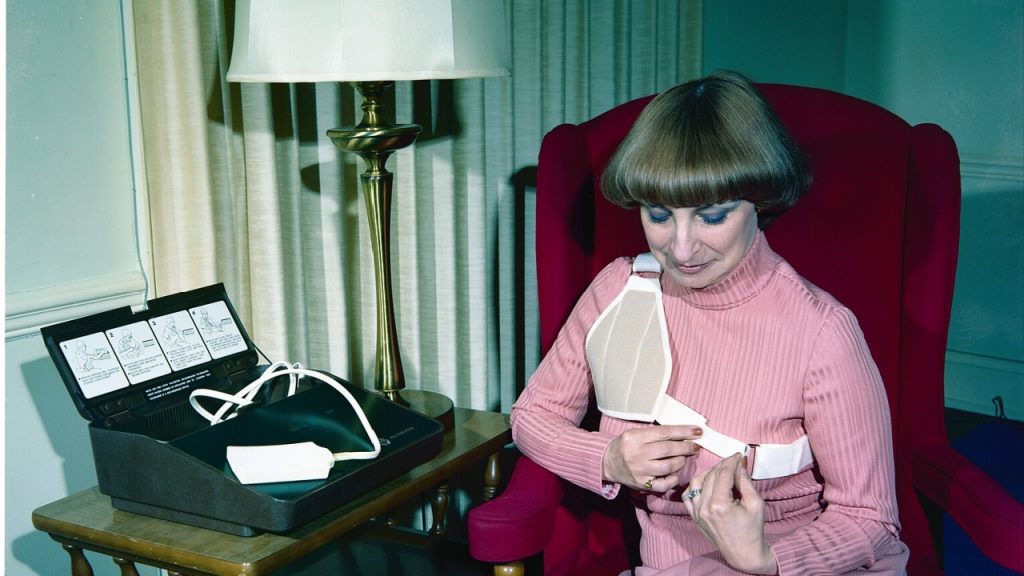
The first programmable pacemaker was developed in the early 1970s. It could be adjusted without surgery to meet a patient’s changing needs. This was a huge advancement in medical technology. Modern pacemakers still use many of the principles developed in the 1970s.
Bionics
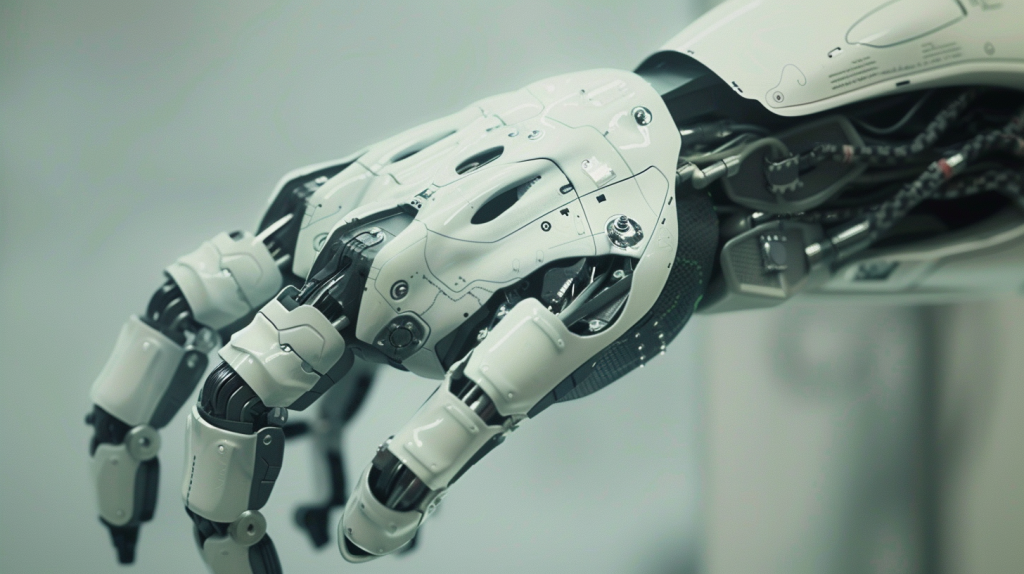
The field of bionics made significant strides in the 1970s. This decade saw the development of the first microprocessor-controlled artificial limbs. These prosthetics could respond to muscle signals, giving amputees more natural movement. This technology laid the groundwork for today’s advanced bionic limbs and implants.
Liquid Crystal Display (LCD)
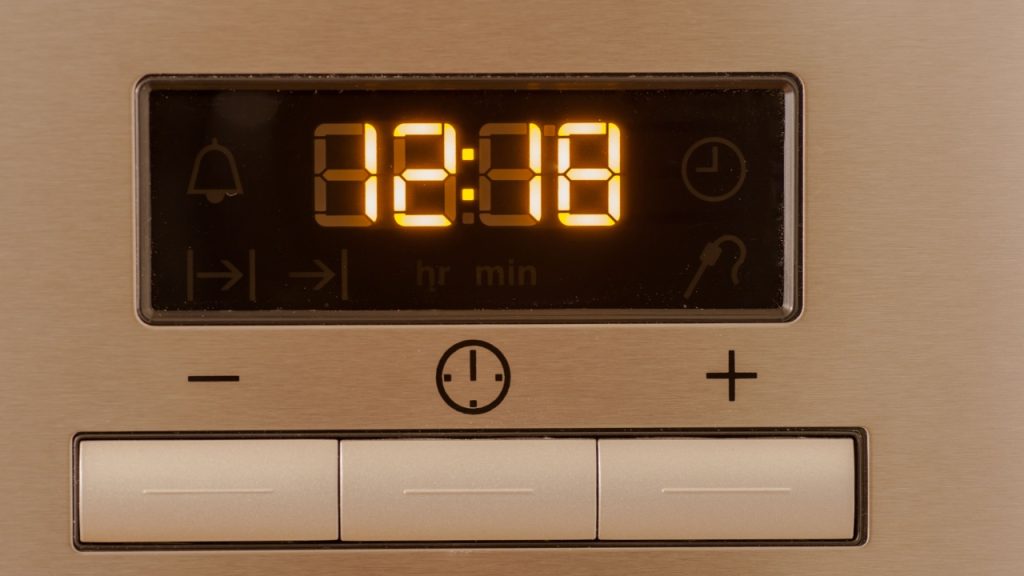
LCDs became commercially viable in the 1970s. These thin, flat displays used less power than other screen types. They were first used in calculators and watches. Now, LCD technology is in everything from TVs to computer monitors to smartphone screens.
Computer Mouse
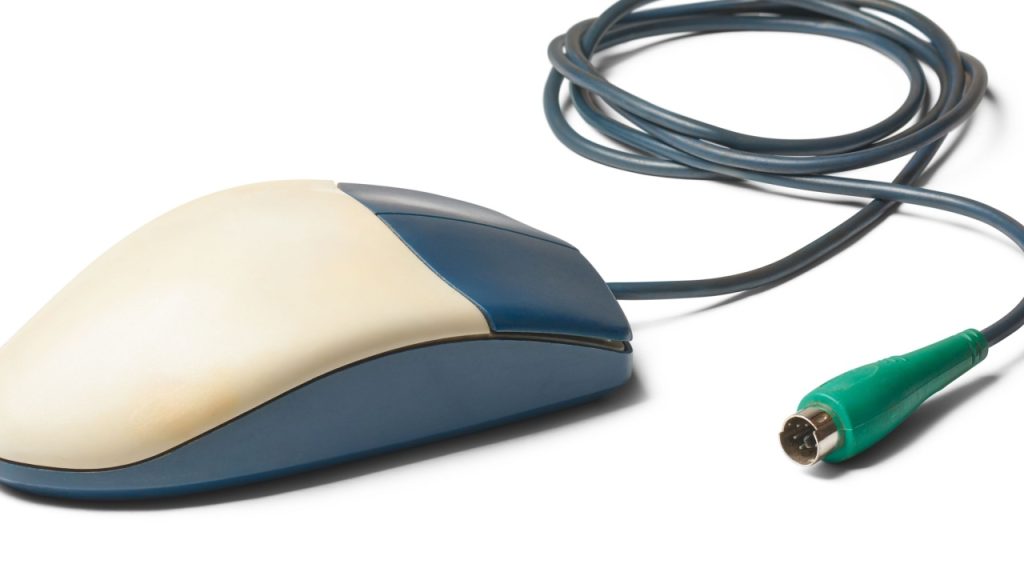
While invented in the 1960s, the computer mouse became more refined in the 1970s. Xerox PARC developed the ball mouse, which was more accurate than earlier versions. The mouse made computers much easier to use. It’s still a crucial part of how we interact with computers today.
Inkjet Printer
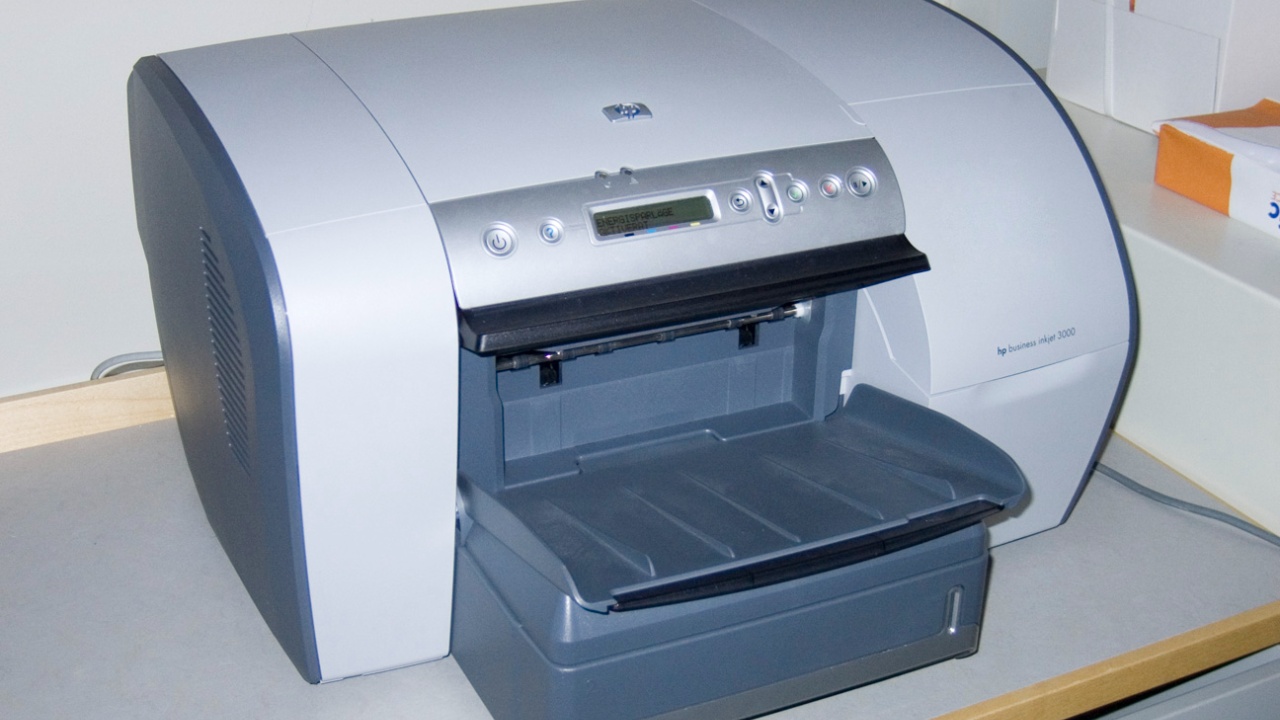
The first inkjet printer was developed in the 1970s. It could produce high-quality color prints by spraying tiny droplets of ink. Inkjet technology took years to become affordable for home use. Now, inkjet printers are common in homes and offices worldwide.
Word Processor
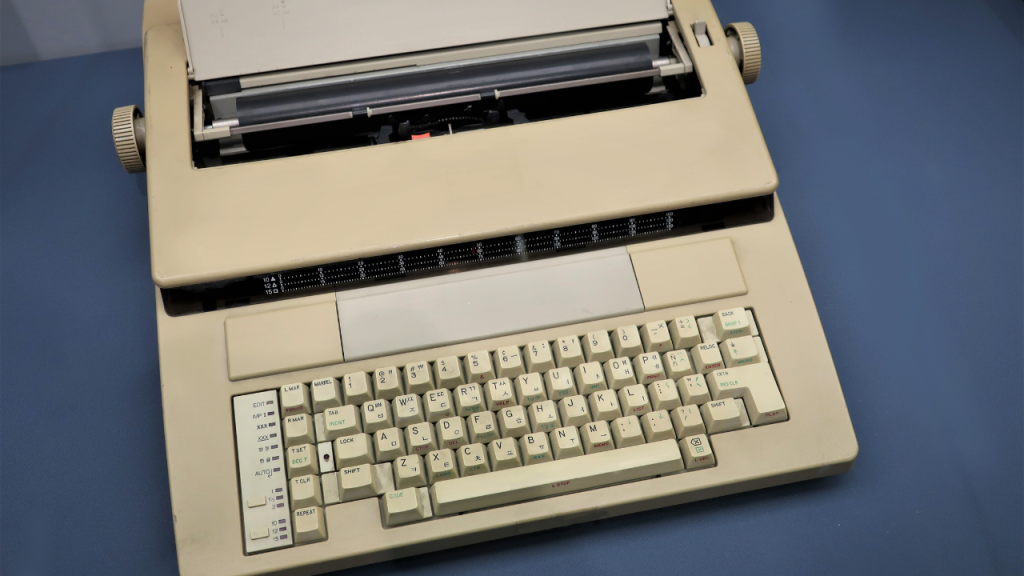
The first word processors appeared in the 1970s. These dedicated machines made writing and editing documents much easier. They were a huge improvement over typewriters. Word processors paved the way for modern word processing software.
Automated Teller Machine (ATM)
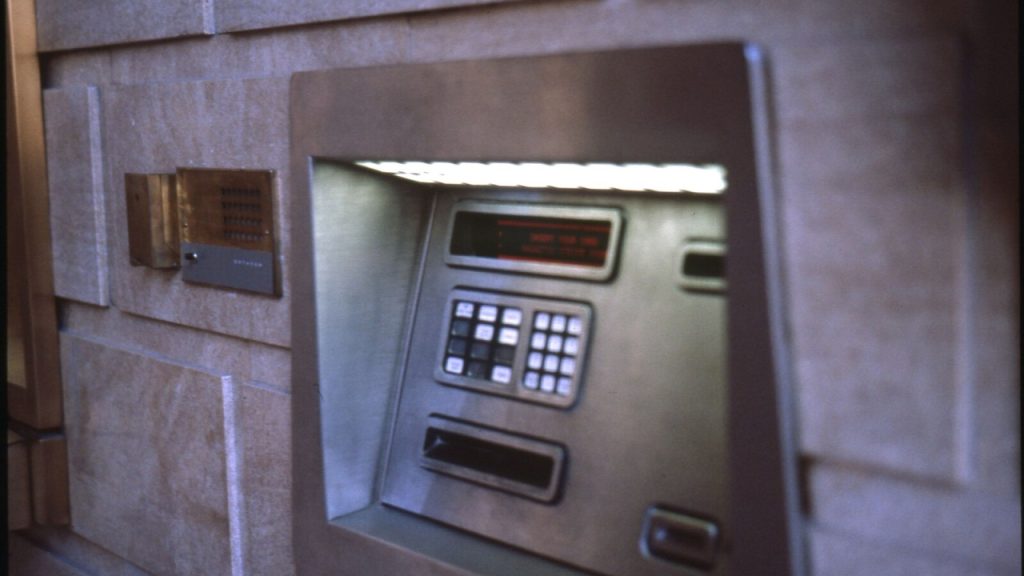
While the first ATM was installed in 1967, they became widespread in the 1970s. ATMs let people withdraw cash and check their balance without going into a bank. This was a big change in how people managed their money. ATMs are still a crucial part of banking today.
Microwave Oven
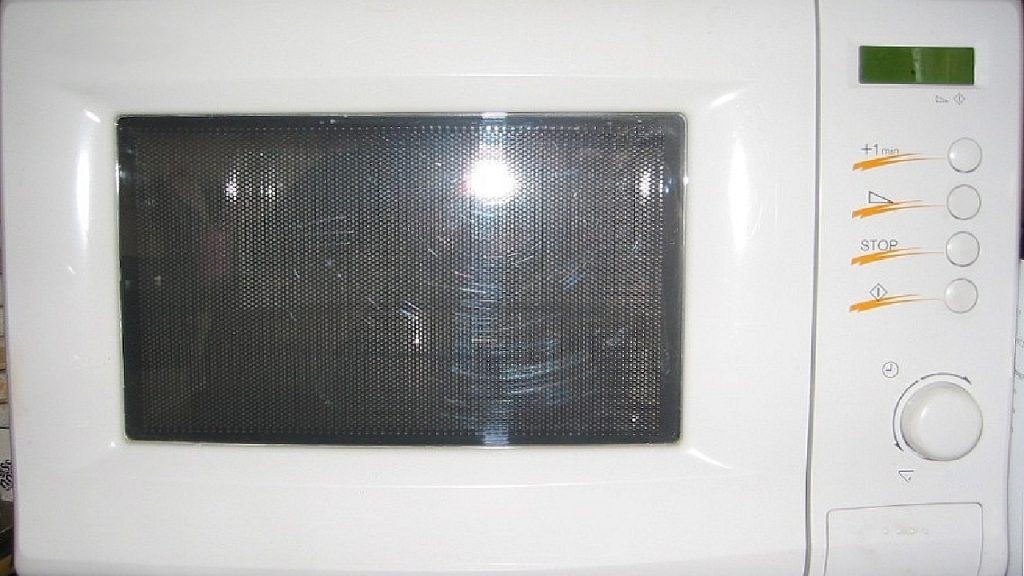
Microwave ovens became popular in homes during the 1970s. They could heat food quickly using electromagnetic waves. This was a big change in how people cooked and reheated food. Microwaves are now standard in most kitchens.
Global Positioning System (GPS)
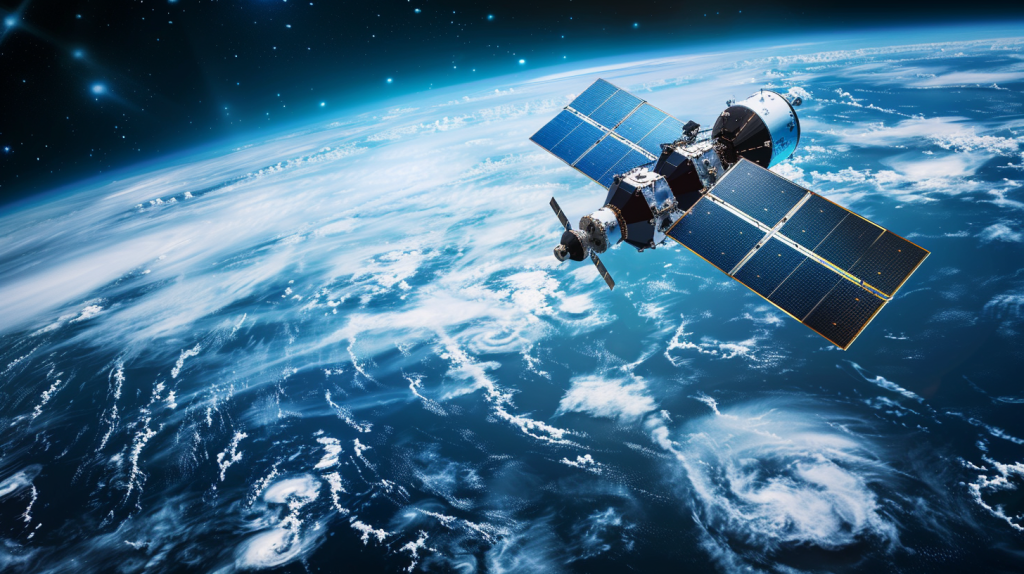
The U.S. Department of Defense started developing GPS in the 1970s. It used satellites to determine a receiver’s location on Earth. While not available to the public until later, this 1970s invention changed navigation forever. Now, GPS is in our phones, cars, and many other devices.
Barcode Scanner

The first retail barcode scanner was used in 1974. It could quickly read product information, making checkout faster and inventory tracking easier. This technology revolutionized retail and logistics. Barcodes and scanners are still essential in stores and warehouses today.
Katy Willis is a writer, master herbalist, master gardener, and certified canine nutritionist who has been writing since 2002. She’s finds joy in learning new and interesting things, and finds history, science, and nature endlessly fascinating.
